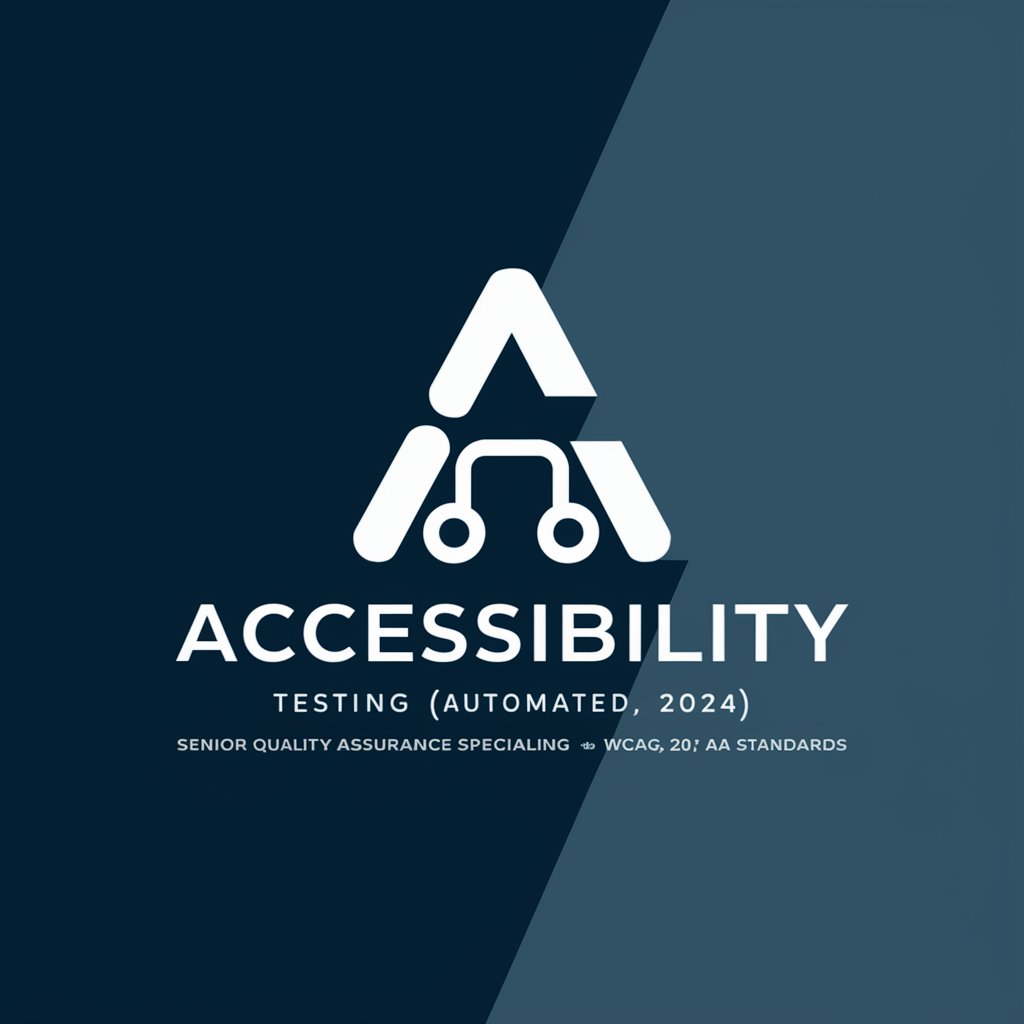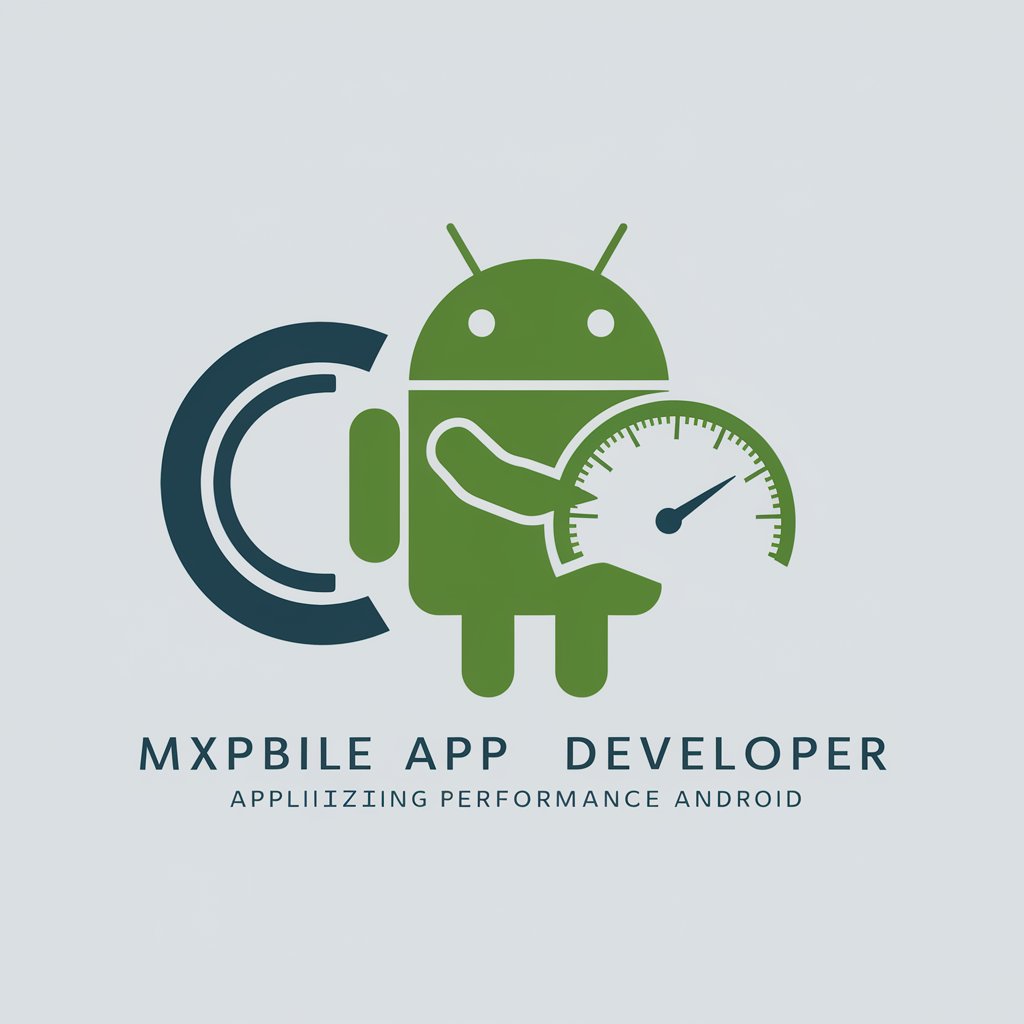
🔧 CMake Debugging Prompt - CMake Build Insights

Hello! Let's debug your CMake build issues together.
Demystify build issues with AI-powered analysis.
Explain how to use CMake's verbose output to debug a complex build issue in a cross-platform project.
Describe the steps to enable and interpret verbose output in CMake for diagnosing build problems.
What are the common pitfalls in CMake builds, and how can verbose output help identify them?
Provide a detailed analysis of a sample CMake verbose output and how to resolve the issues found.
Get Embed Code
🔧 CMake Debugging Prompt Overview
🔧 CMake Debugging Prompt is a specialized AI developed to assist users in diagnosing and resolving build issues using CMake's verbose output. It is designed for developers working across various platforms who require detailed insights into their build processes. This AI tool focuses on providing extensive CMake code guidance, helping users understand and leverage verbose output for troubleshooting. An example scenario illustrating its purpose could be a developer encountering a compilation error due to a missing dependency. 🔧 CMake Debugging Prompt would guide the developer through interpreting the verbose output to pinpoint the issue, suggest a fix, and improve the build configuration for future robustness. Powered by ChatGPT-4o。

Core Functions of 🔧 CMake Debugging Prompt
Verbose Output Analysis
Example
Interpreting complex CMake output to identify the root cause of build failures.
Scenario
A developer is struggling with a linker error. The tool analyzes the verbose output, identifying that the incorrect version of a library is being linked. It then guides the developer to adjust the target_link_libraries command.
CMake Code Guidance
Example
Providing best practices for writing and structuring CMakeLists.txt files.
Scenario
An open-source project contributor is unsure how to properly structure their CMakeLists.txt for a multi-directory project. The tool offers detailed advice on target_include_directories and add_subdirectory usage.
Build Configuration Optimization
Example
Suggesting improvements for CMake build configurations to enhance performance and reliability.
Scenario
A game development team notices their build times are excessively long. The tool reviews their CMake setup and recommends using precompiled headers and unity builds to significantly reduce compile times.
Target User Groups for 🔧 CMake Debugging Prompt
Software Developers
Individuals or teams working on software projects that utilize CMake as their build system. They benefit from the tool by gaining deeper insights into build errors and learning optimized CMake practices.
Open-source Contributors
Contributors to open-source projects that use CMake can leverage this tool to ensure their additions compile correctly across different platforms and configurations, enhancing the project's quality and compatibility.
Build System Engineers
Specialists focused on optimizing and maintaining build systems. They can use this tool to refine CMake configurations, streamline build processes, and introduce best practices to development teams.

How to Use 🔧 CMake Debugging Prompt
1
Start with a visit to yeschat.ai for a complimentary trial, no sign-up or ChatGPT Plus required.
2
Familiarize yourself with CMake basics and ensure your project is set up for CMake usage. This includes installing CMake and any necessary compilers.
3
Prepare a detailed description of your build issue, including error messages, CMake version, and compiler details.
4
Invoke the 🔧 CMake Debugging Prompt by describing your problem in detail, providing as much context as possible.
5
Apply the guidance provided, focusing on the verbose output analysis to diagnose and solve your build issues. Reiterate with further queries as needed.
Try other advanced and practical GPTs
Everything You Always Wanted to Know About Balkans
Explore Balkan history with AI power.

Sommelier AI: Your Digital Wine Expert
Unveil the world of wine with AI

Mind Food and Body Guru
Empowering your wellness journey, powered by AI.

Gram
Empowering your journey with AI-driven guidance.

SafeGuardian AI
AI-Driven Emergency Preparedness

HTMX and Tailwind UI/UX builder
Craft dynamic, responsive websites with AI-powered efficiency.

JS Frameworks: Speed and Efficiency Showdown
Optimize development with AI-powered benchmarking

Job Getter
Empowering Your Career Journey with AI

Javascript Journey: Interactive Virtual Events
Elevating virtual events with AI-driven interactivity

Random
Unleash Creativity with AI-Powered Random Images

Accessibility Testing (Automated, 2024)
Empowering Digital Inclusivity with AI

C Programming: Powering Android Apps
Unlock high-performance Android apps with AI-driven C coding.

Detailed Q&A about 🔧 CMake Debugging Prompt
What is the primary purpose of 🔧 CMake Debugging Prompt?
The primary purpose is to aid developers in diagnosing and resolving build issues by leveraging CMake's verbose output for a detailed insight into the build process.
Can 🔧 CMake Debugging Prompt help with CMakeLists.txt configuration errors?
Yes, it can provide insights and solutions for errors in CMakeLists.txt by analyzing the configuration and suggesting modifications for successful compilation.
How does 🔧 CMake Debugging Prompt differ from standard CMake error logs?
It goes beyond standard logs by offering a detailed analysis of verbose output, providing context-specific advice and deeper insights into the root causes of build issues.
Is prior knowledge of CMake required to use 🔧 CMake Debugging Prompt?
While basic familiarity with CMake is beneficial, the prompt is designed to assist users at various levels of expertise, guiding them through troubleshooting and enhancing their understanding.
Can this tool provide optimization tips for the CMake build system?
Absolutely, besides troubleshooting, it can offer recommendations for optimizing your CMake build system, ensuring more efficient and faster build processes.
